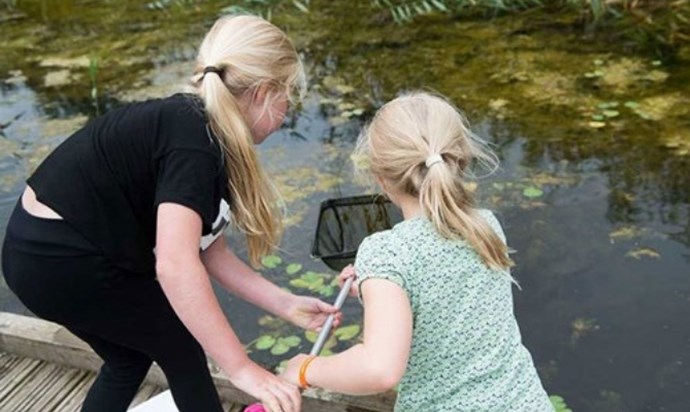A fascinating activity looking at how the diversity of invertebrates are affected by their habitat location. Use a variety of techniques to find and observe how animals live in the environment; from creating food chains, to using ID keys and dataloggers to examine different environments.
Itinerary
- On arrival one of our tutors will welcome your group to the Centre and go through the schedule for the day, learning objectives and health and safety issues.
- We'll discuss the different types of habitats we're going to discover in the grassland and woodland around the Centre
- Next students will split up into 6 groups and discuss the question “Which habitat will contain the greater mix (diversity) of minibeasts and why?” In groups pupils make their prediction and justify it
- Students will then learn about a datalogger, how it measures light and temperature so physical factors can be compared
- Then we'll head to the grassland habitat and use quadrats to survey the area, take light and temperature readings
- Next on to the woodland habitat and use quadrats to survey the area, take light and temperature readings
- Time to head back to the centre.
Key learning outcomes
- Learn how to use field study equipment
- Learn how to use identification key to I.D invertebrates
You may also like...
Further information
Book this activity
For more information about booking this activity please contact the relevant centre.
Contact centreLet us build a bespoke visit just for you!
We offer bespoke packages to meet the needs and requirements of your class. Just get in touch with the team.
Contact usSome outdoor clothing and footwear is available at the Centre but please ensure children are dressed warmly with suitable waterproof outerwear. Please dress for the weather. Detailed activity sheets will be provided at the centre for group’s self-leading sessions. Please note all activity programmes may vary depending on number of pupils and their needs, length of visit and weather conditions.







